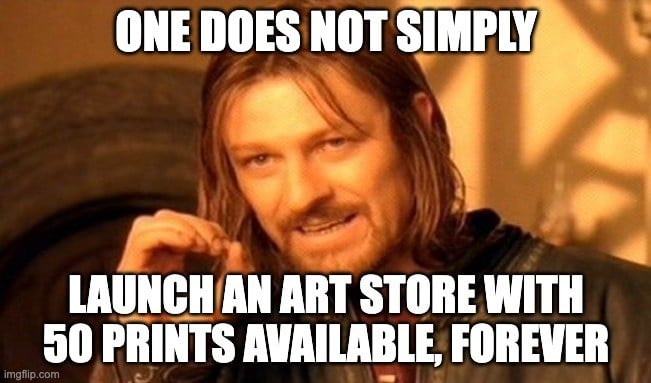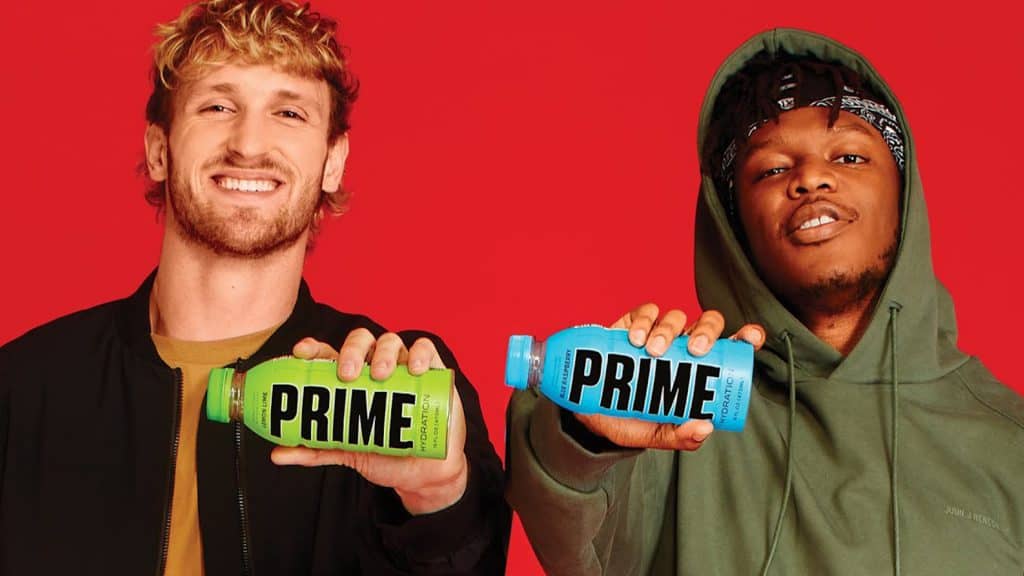PRIME Hydration has made $250M in a matter of months, which probably makes it one of the most successful product launches of all time. They have done this using 2 key marketing strategies that our most successful artists also use, and that have also been used by hundreds of other successful product launches too.
Let’s start by forgetting about the product. We’re not here to comment on individual products, this article is here to convince you that; (1) marketing matters and (2) you should not be afraid to use marketing strategies to sell your work.
Marketing principles are universal, because making a decision to buy something is not usually driven by rationality, it’s driven by emotion. Sure, we all need to hydrate, for example, and most people like a sugary drink every now and again, but why do we decide to seek out a particular brand? That’s where emotions come in, even when purchasing products we require to fulfil basic needs. And emotional factors become even more important with art. Why? A good way to explain this is through Maslow’s Hierarchy of Needs.
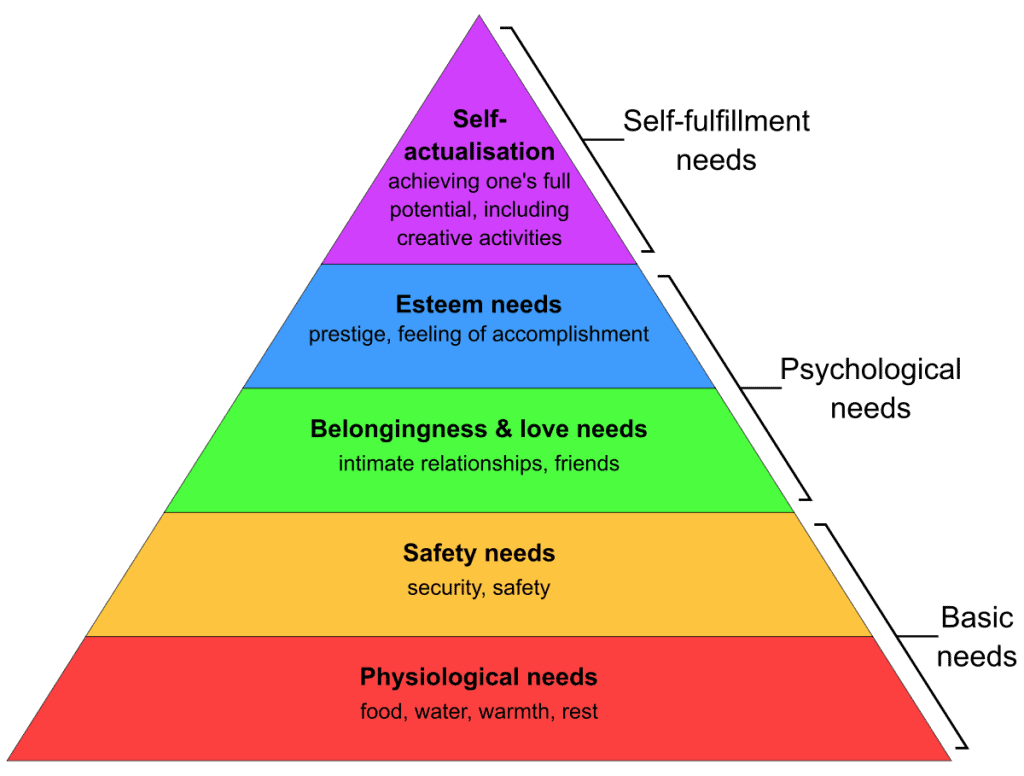
At the bottom of the pyramid you have your physiological requirements; food, water, oxygen, warmth etc. Then you have your safety requirements. Both of these needs are about survival.
Above there you start getting into higher-order needs, needs which are driven by more complex factors. Art expresses and speaks to these more complex emotional and existential needs, which makes the decision to buy a piece of art an emotionally-driven thing.This is why you need marketing, because buying a print of your work is not a straightforward or easy thing for the potential purchaser, as it is not fulfilling an obvious requirement.
Rest assured, if someone identifies with you and your work then once they buy a print they will benefit immensely from owning it. They follow you because they love the work but they also identify with you; maybe because of your philosophy, your aesthetic, or your adventurous and creative spirit. Identifying with you empowers them, it means something to them and it lifts them up. However a chasm exists between liking your work, and buying it, and they need help to jump it.
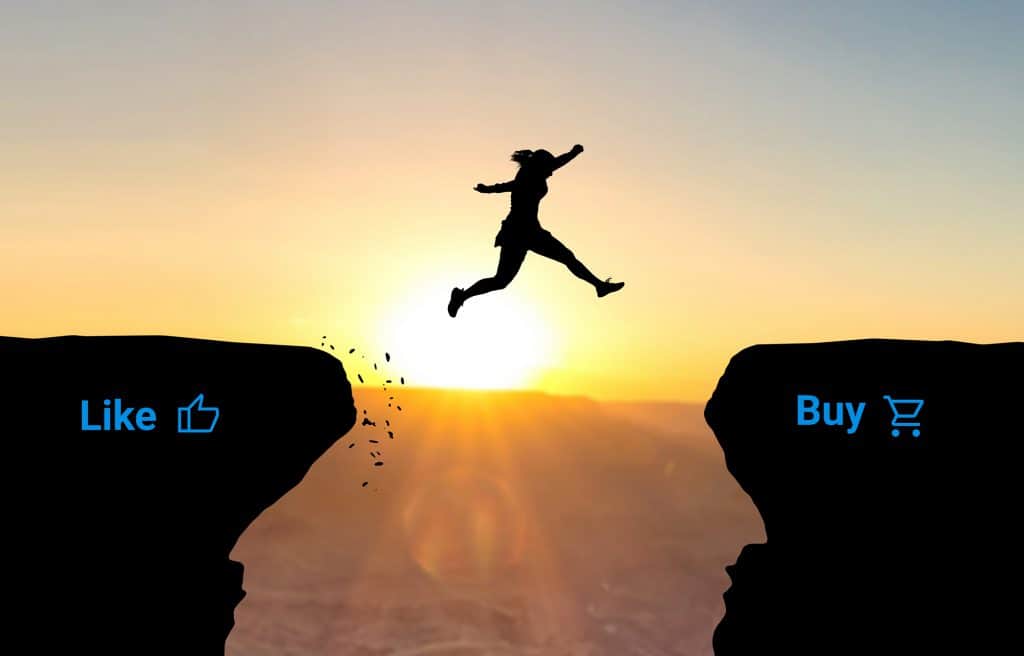
So where do KSI and Logan Paul and their energy drink fit in? In case you do not have kids aged around 10 to 21 then KSI and Logan Paul are YouTubers with huge followings. They recently launched an energy drink called PRIME that people fight over in stores to buy. This product has made them a reported $250M in a matter of months since its launch.
We’re not here to debate what we think of PRIME as a product, or the merits of people earning this amount of money. That’s not in the scope of this article. We want to understand how they managed this extraordinary feat because there’s something in the marketing strategy of this product that we could all learn from.
It would be very easy to dismiss this as; they have a huge following amongst teenagers, and so that equates to sales, right? Of course the size of following and demographic fit to the product matters, however as we identified in our product and pricing strategy webinar recently there are huge variations between the amount of sales per follower that artists using our service have, and often that comes down to the approach to marketing. Some of our biggest sellers have small-ish followings, and some sellers who have huge followings don’t sell as much. In response to observing this phenomenon we developed an internal metric called the audience monetisation rate. This is the measure of how efficiently you turn followers into buyers; i.e. the rate at which you get your followers to jump the chasm from like to buy. (Note: if you missed our webinar on this; make sure you are signed up to our mailing list for future dates. Do that here)
KSI and Logan Paul might have gazillions of followers, but there are plenty of other people with similarly huge followings launching products that do not sell anything close to what PRIME Hydration has. As Logan Paul said recently in an interview, they have cracked the code; meaning the sales of PRIME have way outperformed most other products launched by people with similar followings. In truth the code has been cracked before, they have just rediscovered it and applied it to the social media age.
For some reason most people ignore the code when marketing because it can feel a little counter-intuitive. To have great sales you must make a great product, sell it for as good value as you can and make sure it’s available whenever people want to buy it right? Wrong!!
So what is the code KSI and Logan Paul have cracked? They used 2 very well established marketing mechanisms. Sure they executed on these perfectly, but the mechanisms they used are not new. They are:
(1) Using scarcity of supply to drive demand
PRIME Hydration has been hard to get hold of from day 1. It has had limited supply for whatever reason. KSI has been quoted as saying this was not intentional. Whether this is true or not is open to question, however the scarcity of supply has had a profound effect on the demand. It has meant that people have:
(a) Bought more PRIME than they would if it wasn’t scarce. When things are in short supply or perceived short supply, people overbuy without a second thought and with little concern over price. Remember toilet paper at the start of the pandemic or the fuel crisis in the UK a few years ago? Panic buying and its less extreme cousin, urgency, is a hard wired mass psychological phenomenon. It is a heuristic our brains use to aid our survival and avoid hesitation which is often “hacked” by marketers. In terms of PRIME, overbuying driven by scarcity has exacerbated the supply issues and the whole thing then starts to feed off itself. Your equivalent of this as an artist will be to use limited supply to enable people to make a buying decision, helping them to jump the chasm between like and buy. Art purchases, because they fulfil a higher order need are all too easy to put off. The buying decision is complex and people can think of a lot of reasons to delay, like ‘how will I feel about this piece in a year’s time?’, ‘what will my friends or partner think of it?’, or ‘will it go with my interior style?’…and a million other variations besides.
(b) Shared more images of PRIME with their friends and on social media because it is on-trend. When someone has acquired something unique, on-trend or in short supply then another psychological phenomenon kicks in. It is hard wired into us to affirm our status and display proxies that show we are in-the-know, in the “inner circle”, or we are culturally aware or on-trend. This was simply a matter of survival for most of our history as our hard-wired behaviours evolved, as being on the edge of a group where the basics of survival were in short supply was incredibly risky and very likely to end badly. Your equivalent of this is that as your artwork is desirable and your collector identifies with you as an artist, then they will want to let other people know about it and the method for this these days will be on social media, through unboxing videos, or shots of the work in situ.
(2) Timed drops
The way the supply issue of PRIME has been handled is very similar to the timed drop approach that has seen so much marketing success from artists and clothing brands like Supreme. What has happened with PRIME is that people somehow get word that a certain supermarket will have some supply on a certain upcoming day. This results in people queuing for the opening of the store from the early hours of the morning. When the store opens, PRIME sells out in minutes, and then people are primed (excuse the pun!) to watch out for the next drop because maybe they were not successful on this occasion or couldn’t spare the time to get to the store early enough. For PRIME, this timed drop strategy is being continued now with the release of special limited edition flavours like the new KSI flavour but with the same modus operandi. Word gets out it will be available at certain locations on a certain day and the frenzy starts all over again.
In case you think that the marketing of PRIME is a one-off, there are many examples of the same kind of marketing working time and time again.
In tech, Gmail was recognised as having run one of the most groundbreaking marketing launches of a software service where you had to get hold of a sought-after invite to get a Gmail account, an MO that was recently repeated by Clubhouse, where invites were to be resold on Ebay. Remember the queues outside Apple stores when the first few generations of the iPhone were in short supply?
In recent years Supreme really championed and led the concept of the drop, where people queue up for a timed release of a Supreme product. Even bricks with the Supreme logo on it sell out instantly and appear on Ebay hours later for thousands of pounds!
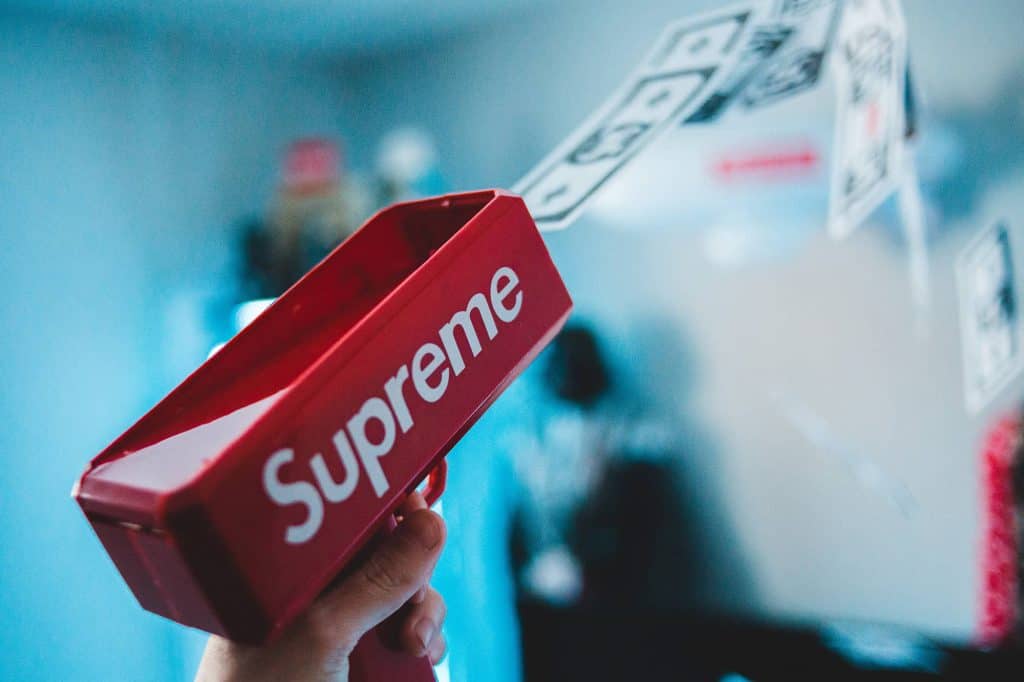
So how does this play into your art sales? Maybe you are thinking, ok this only applies to large consumer oriented products that are high-profile enough to make the news? This isn’t true…the principles are psychologically hard wired into us, and can and should be applied even when you are just starting out with your art sales. These marketing principles are designed to make difficult purchase decisions easier.
So let’s look at how these principles are applied by successful artists to ensure their artworks remain in demand:
Scarcity of supply
(a) Always sell limited editions
(b) Do not have a store with 50 prints available, forever. Keep your sold out prints showing in your store and most of the time, your store should have a maximum of 3 prints that are not sold out, except when you are doing a timed drop (see point 2 below).
(c) Don’t fall into the trap of thinking to boost sales that you should offer a discount like 20% off prints in January or something. We advise strongly against doing this as it will have the opposite effect in the long term. It will signal to people that there is a shortage of demand not a shortage of supply. However, we are not against offering people free shipping as a thank you for their support or to celebrate a milestone in your career.
Timed drops
We have a whole help centre article about how to do timed drops. Here are some of the reasons you should read this article:
(a) The beauty of timed drops is that your get to make them thematic, you get to give meaning and context to the drop, e.g. it’s new work, or it coincides with a real world event like a valentine’s day drop or world earth day, it coincides with a personal event such as you have finished a new project with a new kind of work, or it simply has a different aesthetic, subject matter or concept behind it.
(b) We advise to not do too many drops per year. Either do a small one each month of 1-3 prints, or 4 or 5 per year of 8-15 works.
(c) Start talking about the drop way in advance. Involve followers in the development, or choices, or show them the process of making the work and producing the prints. Make sure you post intensively (and unapologetically!) immediately before and throughout the sale.
(d) Have a timer showing on your ecommerce store, showing how long is left in the drop.
(e) Give 24 hour advance access to the drop to your email list or offer them an exclusive print not available in your store. This will encourage newsletter signups.
(f) read the rest of the tips here.
You may decide not to adopt these marketing approaches as they are not right for you. If you do decide against this, you should do it on the understanding that in almost all cases your sales will be significantly lower than they would be if you did adopt them.
It is important to recognise that most of the renowned artists with successful careers that are an influence on you will be using these techniques in some form or another. Once you are aware of these approaches, you will start to recognise them more often.
We see it all the time in the art world with well known artists, where it becomes almost impossible to just buy one of their artworks, you pretty much have to be chosen to own one. When you are chosen, the price is the price. These techniques are never applied in an obvious way. There are always ostensibly good reasons why, for example, supply is scarce. Nevertheless the effect is the same and more often than not is intentional.
To get to that point, where your work is in that much demand, you need to start as you mean to go on. Translated simply, we don’t think you should launch a print store with 50 prints available forever, and hope for a miracle. You need to be strategic, and one of the strategies is to run timed print sales and make the supply or your artworks outside of those sales extremely limited.
To get started, please read our help centre article about how to do a timed print sale
